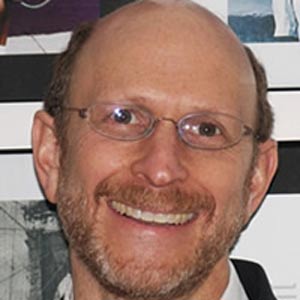Hal Salzman is Professor of Planning and Public Policy at the Edward J. Bloustein School and Senior Faculty Fellow at the John J. Heldrich Center for Workforce Development. His research focuses on science and engineering labor markets, workplace restructuring, skill requirements, and globalization of innovation, engineering and technology design. Recently he has been writing on the science and technology policy implications of his research. Current projects, as Principal Investigator, include several studies of science and engineering education and careers and is funded by the Sloan Foundation and the National Science Foundation. These projects build on Salzman’s previous research on science and engineering education and the workforce (see, for example, “Making the Grade” in Nature and “What Shortages?” in Issues in Science and Technology.) He has testified to Senate and House committees on science and engineering workforce and globalization issues. His work has been cited in Nature, Science, New York Times, Los Angeles Times, PBS Newshour, NPR, and other media.
His other area of research and teaching is on human capital development, firm strategy, and community sustainability in the Arctic. He is Principal Investigator of an International Polar Year grant from the National Science Foundation, Arctic Social Science Program/Office of Polar Programs. He is also collaborating on a National Science Foundation project developing interdisciplinary high school math and science modules to attract a diverse population of learners to STEM disciplines by engaging them in sustainability topics, at the Center for Discrete Mathematics and Theoretical Computer Science, Rutgers.
Past projects include Principal Investigator of a National Science Foundation-funded project on globalization, innovation, and human capital; this work has continued in his research on “collaborative advantage” in globalization, engineering, technology entrepreneurship. Prof. Salzman has conducted a number of studies of the IT industry, on both software design and work practices and on labor force issues in the IT industry. His publications include Software By Design: Shaping Technology and the Workplace (Oxford University Press), Transforming the US Workforce Development System: Lessons for Research and Practice LERA Edited Research Volume, 2010 (co-editor) and articles on issues of technology, skills, and the workplace, and forthcoming, Engineers in the Global Economy Richard Freeman and Hal Salzman (eds.) National Bureau of Economic Research/University of Chicago Press.
Research Interests
- Workforce development and labor markets
- Science and engineering workforce and policy
- Socio-economic analysis of Arctic communities and employment
- Effects of technological change
- Low-wage workers, internal labor markets, and corporate restructuring
Undergraduate Courses
- Globalization, Sustainability & Justice
- Byrne Seminars
Graduate Courses
- Robotics and Society
- Graduate Planning Studio


